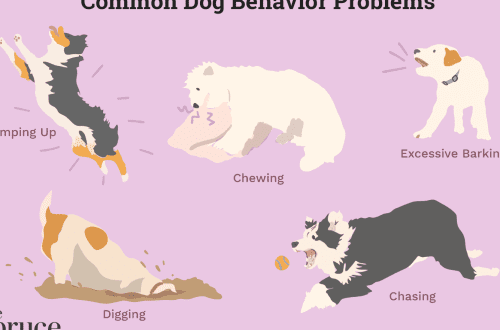
די טבילה אופֿן אין ארבעטן מיט הינט
Alas, the so-called “immersion” method (also known as the “flood” method) is still sometimes practiced, when a very strong stimulus is immediately used. For example, a dog that is afraid of strangers is surrounded by a crowd of people. And the dog is expected to “just get through it.”
However, this method is rarely useful. And to understand why, imagine your worst fear.
ינהאַלט
Why You Shouldn’t Use the Immersion Method for Dogs
For example, you are afraid of snakes. And so you are tied up and pushed into a room infested with cobras. This is the immersion method. Perhaps you will survive it. But after how long will you feel calm? And what will you think of the man who locked you in this room? Will you trust him in the future and feel safe around him? Or will you always expect a dirty trick and generally prefer never to see this person again? And will your attitude towards snakes change?
The immersion method is dangerous. In most cases, the dog fails to overcome fear. Instead, she panics, freezes, or falls into a state of learned helplessness, which is worse.
It is very helpful to face your fear. But plunging into the abyss of a nightmare is not great at all. And if you use this method, then be prepared for the fact that the dog will become even more shy or aggressive. Also, perhaps she will begin to fear you – as a person with whom a dangerous situation is associated.
In fact, the “immersion” method causes the development of the canine analogue of post-traumatic stress disorder – a very serious and unpleasant condition, which is extremely difficult to get rid of a pet. That is why competent specialists rarely use this technique.
What can be used in work with dogs instead of the immersion method
It is better to choose methods such as counterconditioning and desensitization.
It is much more effective and safer to take small steps, in which case positive changes will occur faster and be much more sustainable. At the same time, the dog will begin to trust you more. And you will learn to understand your pet better.
If your dog doesn’t get scared when faced with something new, but looks confused or doesn’t know how to react, help him. Calmly reassure your pet with words and/or light strokes (but don’t twitch it with a trembling voice saying that everything is in order and do not shout joyful chants). Act like it’s normal and not something out of the ordinary. The goal is to keep the dog calm, not excited or frightened.
If the above methods do not help, then something is going wrong. Perhaps you are making mistakes with the choice of intensity of the stimulus or distance, or perhaps you are inadvertently rewarding problematic dog behavior. In this case, it is better to contact a specialist who is familiar with these methods and works with the help of positive reinforcement.







